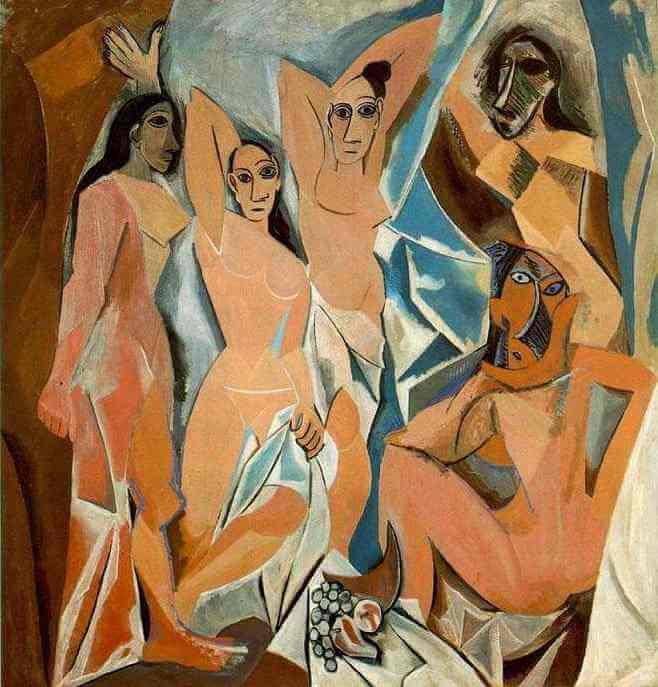Revisiting the Avant-Garde
Armstrong, Helen. “Introduction: Revisiting the Avant-Garde” Graphic Design Theory: Readings From the Field. Princeton Architectural Press, 2009. Pages 9-15.
Questions/ Prompts:
- do you notice similarities between avant-garde movements of the past and the design field (or the world) of today?
- In your reading response, define these terms and consider in what ways do today’s designers participate in, facilitate, or reject:
- Authorship
- Universality
- Social Responsibility
This article touches on the emerging technologies and practices and how they affect the design world today. Looking back at history, we find that there was a similar rebellion to the rules of design in the past, particularly in the form of the avant-garde movement. This movement was characterized by artists that used their works to further their own agendas and beliefs as they pertained to their current times. Avant-garde also refers to rule breaking and creating unusual and innovative pieces. Contrasting this idea was the next art movement, The International Style, which took away the agenda of each respective designer and instead preached an organized approach, in which the main goal was to present the design and only that. Avant-garde designers believed that their authorship, or ownership, was being removed if they adhered to the new rules.
(Thinking Grid Systems in Graphic Design by Josef Muller Brockmann | THINKINGFORM)
In the 90’s there was a rebellion against the new rules as defined by the principles of The International Style. Designers wanted to engage with society and comment on or reflect on social issues and world events once again. Corporate design contributed to this by removing any personality that the designer might want to inject into their piece, but also introduced the concept of branding.
Today it seems that the scale is falling back into the realm of expressive and meaningful art. More artists and designers are coming forward to engage in social change. Many artists echo on the horrors of the world and reflect the issue back at the audience with their designs. “Social responsibility is an ethical theory in which individuals are accountable for fulfilling their civic duty, and the actions of an individual must benefit the whole of society.” (Social Responsibility and Ethics). Today, there is a huge focus on sustainability and harmony with both people and the environment which is reflected in modern design. This belief is like the universality that was present in avant-garde, that all things are related, and design should not feel unfamiliar.






Nice work, Sebastian! I left a few notes on your post using Hypothesis in our Hypothesis group. Enable the extension and login to view. It doesn’t look like your text links posted. Check out the example post and OpenLab Help> Adding a Link for details. And let me know if you have questions!